



























The Amazon: all you need to know about the lungs of the planet - The Amazon rain forest is the heart and lungs of our planet. It is home to over 4,000 different species and 10% of the world's plants. But what else do you know about this amazing place? Click here to learn more about the world's biggest tropical forest.
© iStock
0 / 28 Fotos
Tribes - Some indigenous tribes continue to live in their traditional way in the Amazonian region. Although rare, some have never had contact with modern society.
© iStock
1 / 28 Fotos
Smallest primate in the world - The pygmy marmoset is an Amazonian native. It measures only 15 cm and weighs 130 grams.
© iStock
2 / 28 Fotos
Species - There are 468 different species of reptiles and 517 different amphibians in the Amazon.
© iStock
3 / 28 Fotos
Size - The Amazon is twice as big as Argentina. Its total area is over 2 million square miles.
© iStock
4 / 28 Fotos
Age - Scientists estimate that the Amazon has been around for at least 55 million years.
© iStock
5 / 28 Fotos
Trees - Lack of oxygen is not a problem! There are around 400,000 million trees in the Amazon.
© iStock
6 / 28 Fotos
Ants - Polyergus, or Amazon ants, are not only very aggressive, but also enslave other ants.
© iStock
7 / 28 Fotos
Swimmer - Slovenian long-distance swimmer Martin Strel swam the entire Amazon river. It took him two months.
© iStock
8 / 28 Fotos
Oxygen - It is estimated that around 20% of the world's oxygen is produced in the Amazon rain forest, hence it being known as the planet's lungs.
© iStock
9 / 28 Fotos
Deforestation - In the last 40 years, it is estimated that around 20% of the Amazon has been deforested.
© iStock
10 / 28 Fotos
Myths - Legend says that the Amazon was a huge garden left by an old civilization that lived in the region around 3,000 years ago.
© iStock
11 / 28 Fotos
Insects - The Amazon is home to over two million insects, with more than half of them living in the canopy.
© iStock
12 / 28 Fotos
Sahara - According to a NASA study, wind takes sand from the Sahara Desert all the way to the Amazon, where it helps fertilize the forest's soil.
© iStock
13 / 28 Fotos
Water deposit - The Amazon river releases five times the amount of water than any other river into the Atlantic.
© iStock
14 / 28 Fotos
Amazon river - The river releases so much fresh water into the ocean that, in a 100-mile radius around its entry, the ocean is much less salty than usual.
© iStock
15 / 28 Fotos
Amazon river - The river used to run in the opposite direction, which means that instead of flowing into the Atlantic, it flowed into the Pacific Ocean.
© iStock
16 / 28 Fotos
Fungus - A group of students from Yale University, led by molecular biochemistry Scott Strobel, found an Amazonian fungus that can survive by feeding exclusively off plastic.
© iStock
17 / 28 Fotos
What's in a name? - The name of the rain forest name comes from a group of women warriors in Greek mythology.
© iStock
18 / 28 Fotos
Diversity - It is believed that one in every ten known species inhabits the Amazon forest.
© iStock
19 / 28 Fotos
Symbiosis - There is a species of Amazonian butterflies that "drinks the tears" of turtles, as the eye fluid is rich in healthy minerals.
© iStock
20 / 28 Fotos
Borders - Most of the forest is located in Brazil (60%), but also in Peru (13%), Colombia (10%), and smaller areas in Venezuela, Bolivia, Suriname, French Guyana, and Ecuador.
© iStock
21 / 28 Fotos
Generous - In 2008, Norway donated $1 billion to help save the Amazon rain forest.
© iStock
22 / 28 Fotos
Access - Iquitos, in Peru, is the largest city in the world that is inaccessible by road. Located in the heart of the Amazon, it is home to over 400,000 people.
© iStock
23 / 28 Fotos
Another river? - 13,000 ft underground a slow-flowing aquifer flows roughly the same path as the Amazon. It is known as the Hamza River.
© iStock
24 / 28 Fotos
Survivor - At the age of 17, Juliane Koepcke became the only survivor of a plane crash in the middle of the Amazon. All 91 other passengers died and she walked for 10 days before she was found.
© iStock
25 / 28 Fotos
Protected - The Pirarucu is an Amazonian fish that has its scales covered in a armor that protects from piranha bites.
© iStock
26 / 28 Fotos
Fruit - The Amazon forest has over 3,000 different fruits.
© iStock
27 / 28 Fotos
The Amazon: all you need to know about the lungs of the planet - The Amazon rain forest is the heart and lungs of our planet. It is home to over 4,000 different species and 10% of the world's plants. But what else do you know about this amazing place? Click here to learn more about the world's biggest tropical forest.
© iStock
0 / 28 Fotos
Tribes - Some indigenous tribes continue to live in their traditional way in the Amazonian region. Although rare, some have never had contact with modern society.
© iStock
1 / 28 Fotos
Smallest primate in the world - The pygmy marmoset is an Amazonian native. It measures only 15 cm and weighs 130 grams.
© iStock
2 / 28 Fotos
Species - There are 468 different species of reptiles and 517 different amphibians in the Amazon.
© iStock
3 / 28 Fotos
Size - The Amazon is twice as big as Argentina. Its total area is over 2 million square miles.
© iStock
4 / 28 Fotos
Age - Scientists estimate that the Amazon has been around for at least 55 million years.
© iStock
5 / 28 Fotos
Trees - Lack of oxygen is not a problem! There are around 400,000 million trees in the Amazon.
© iStock
6 / 28 Fotos
Ants - Polyergus, or Amazon ants, are not only very aggressive, but also enslave other ants.
© iStock
7 / 28 Fotos
Swimmer - Slovenian long-distance swimmer Martin Strel swam the entire Amazon river. It took him two months.
© iStock
8 / 28 Fotos
Oxygen - It is estimated that around 20% of the world's oxygen is produced in the Amazon rain forest, hence it being known as the planet's lungs.
© iStock
9 / 28 Fotos
Deforestation - In the last 40 years, it is estimated that around 20% of the Amazon has been deforested.
© iStock
10 / 28 Fotos
Myths - Legend says that the Amazon was a huge garden left by an old civilization that lived in the region around 3,000 years ago.
© iStock
11 / 28 Fotos
Insects - The Amazon is home to over two million insects, with more than half of them living in the canopy.
© iStock
12 / 28 Fotos
Sahara - According to a NASA study, wind takes sand from the Sahara Desert all the way to the Amazon, where it helps fertilize the forest's soil.
© iStock
13 / 28 Fotos
Water deposit - The Amazon river releases five times the amount of water than any other river into the Atlantic.
© iStock
14 / 28 Fotos
Amazon river - The river releases so much fresh water into the ocean that, in a 100-mile radius around its entry, the ocean is much less salty than usual.
© iStock
15 / 28 Fotos
Amazon river - The river used to run in the opposite direction, which means that instead of flowing into the Atlantic, it flowed into the Pacific Ocean.
© iStock
16 / 28 Fotos
Fungus - A group of students from Yale University, led by molecular biochemistry Scott Strobel, found an Amazonian fungus that can survive by feeding exclusively off plastic.
© iStock
17 / 28 Fotos
What's in a name? - The name of the rain forest name comes from a group of women warriors in Greek mythology.
© iStock
18 / 28 Fotos
Diversity - It is believed that one in every ten known species inhabits the Amazon forest.
© iStock
19 / 28 Fotos
Symbiosis - There is a species of Amazonian butterflies that "drinks the tears" of turtles, as the eye fluid is rich in healthy minerals.
© iStock
20 / 28 Fotos
Borders - Most of the forest is located in Brazil (60%), but also in Peru (13%), Colombia (10%), and smaller areas in Venezuela, Bolivia, Suriname, French Guyana, and Ecuador.
© iStock
21 / 28 Fotos
Generous - In 2008, Norway donated $1 billion to help save the Amazon rain forest.
© iStock
22 / 28 Fotos
Access - Iquitos, in Peru, is the largest city in the world that is inaccessible by road. Located in the heart of the Amazon, it is home to over 400,000 people.
© iStock
23 / 28 Fotos
Another river? - 13,000 ft underground a slow-flowing aquifer flows roughly the same path as the Amazon. It is known as the Hamza River.
© iStock
24 / 28 Fotos
Survivor - At the age of 17, Juliane Koepcke became the only survivor of a plane crash in the middle of the Amazon. All 91 other passengers died and she walked for 10 days before she was found.
© iStock
25 / 28 Fotos
Protected - The Pirarucu is an Amazonian fish that has its scales covered in a armor that protects from piranha bites.
© iStock
26 / 28 Fotos
Fruit - The Amazon forest has over 3,000 different fruits.
© iStock
27 / 28 Fotos
The Amazon: the lungs of the planet
Learn more about one of the richest rain forests in the world!
© iStock
The Amazon is the largest rain forest in the world and it covers eight countries: Brazil, Colombia, French Guyana, Bolivia, Peru, Venezuela, Suriname, and Ecuador. Its total area is over 2 million square miles and it is home to the planet's most diverse flora and fauna. Click here to learn more!
RECOMMENDED FOR YOU

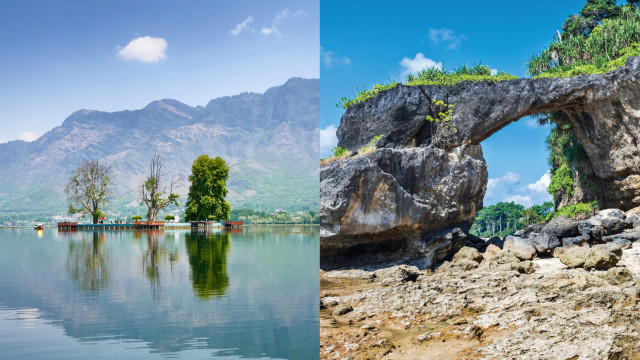



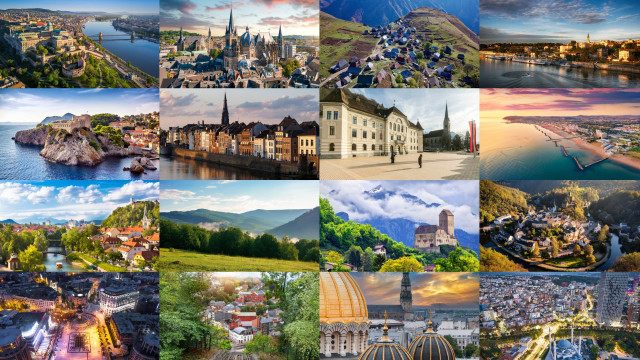
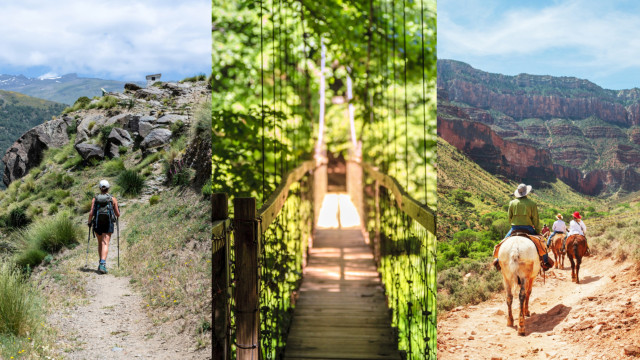



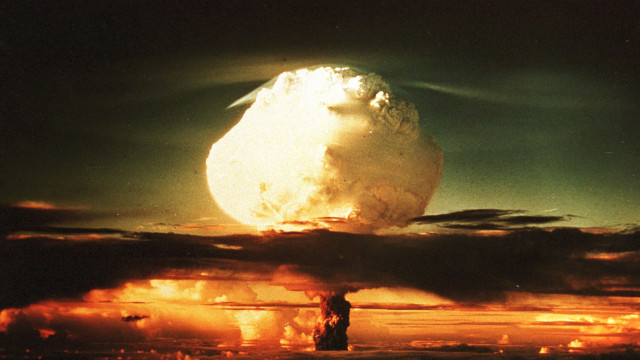






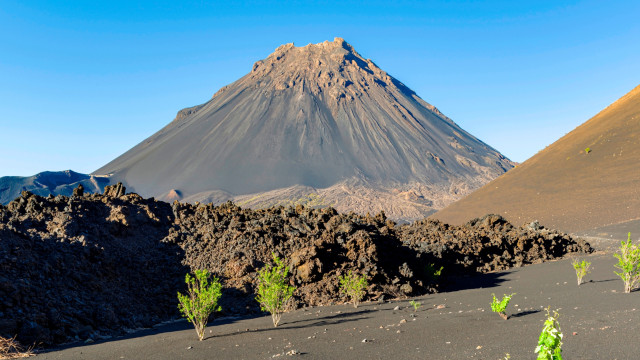

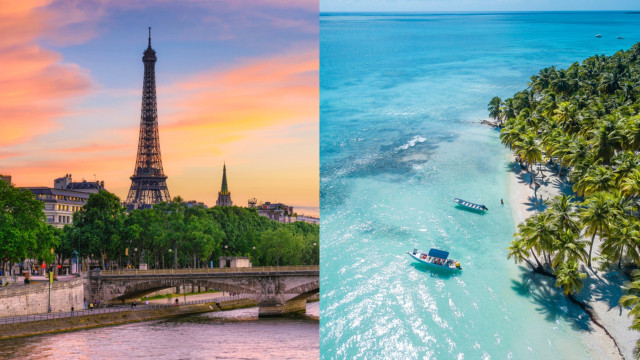
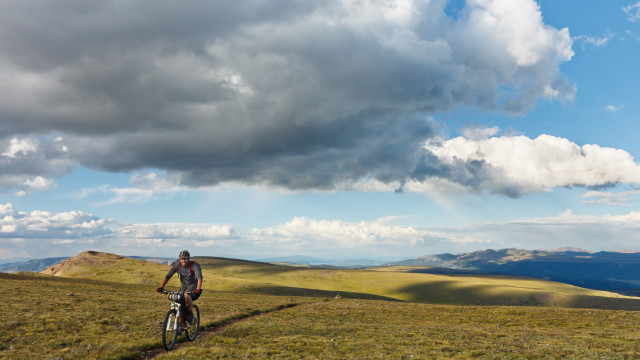
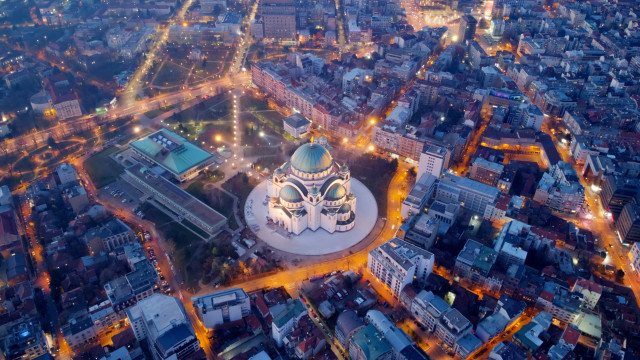
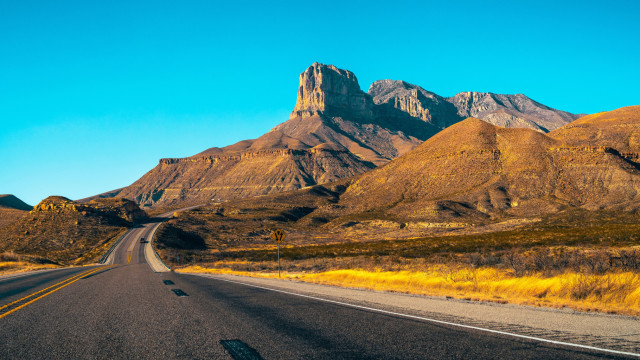


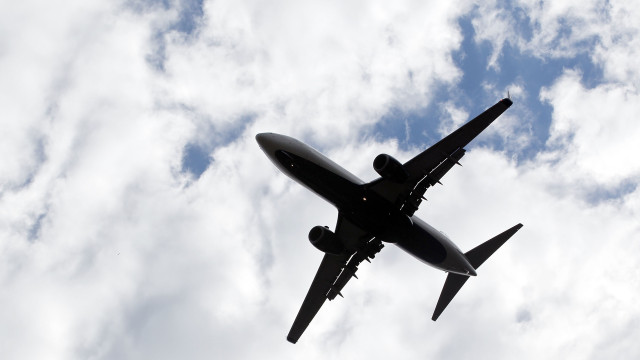




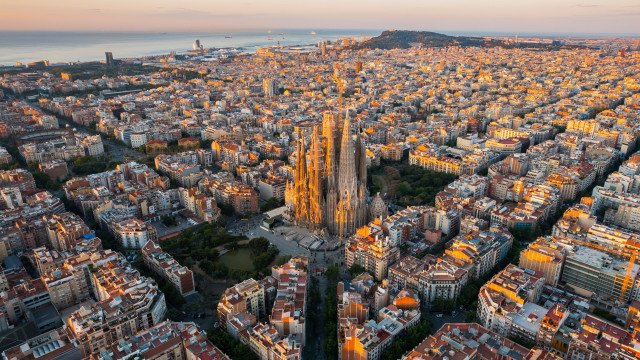




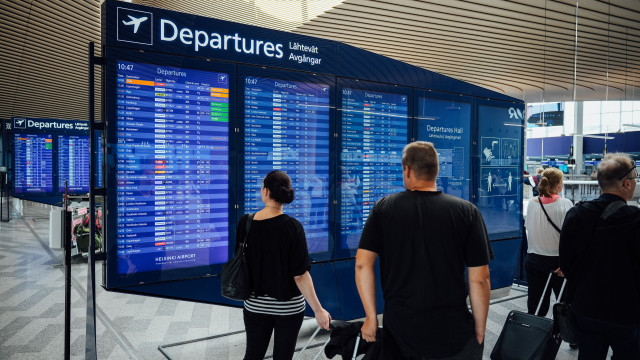
MOST READ
- Last Hour
- Last Day
- Last Week
-
1
CELEBRITY Relationships
-
2
LIFESTYLE Throwback
-
3
LIFESTYLE Catholicism
-
4
LIFESTYLE Home remedies
-
5
LIFESTYLE Putin
-
6
FOOD Fine dining
-
7
LIFESTYLE Emotions
-
8
TRAVEL Nations
-
9
LIFESTYLE History
-
10
LIFESTYLE Astrology chart








